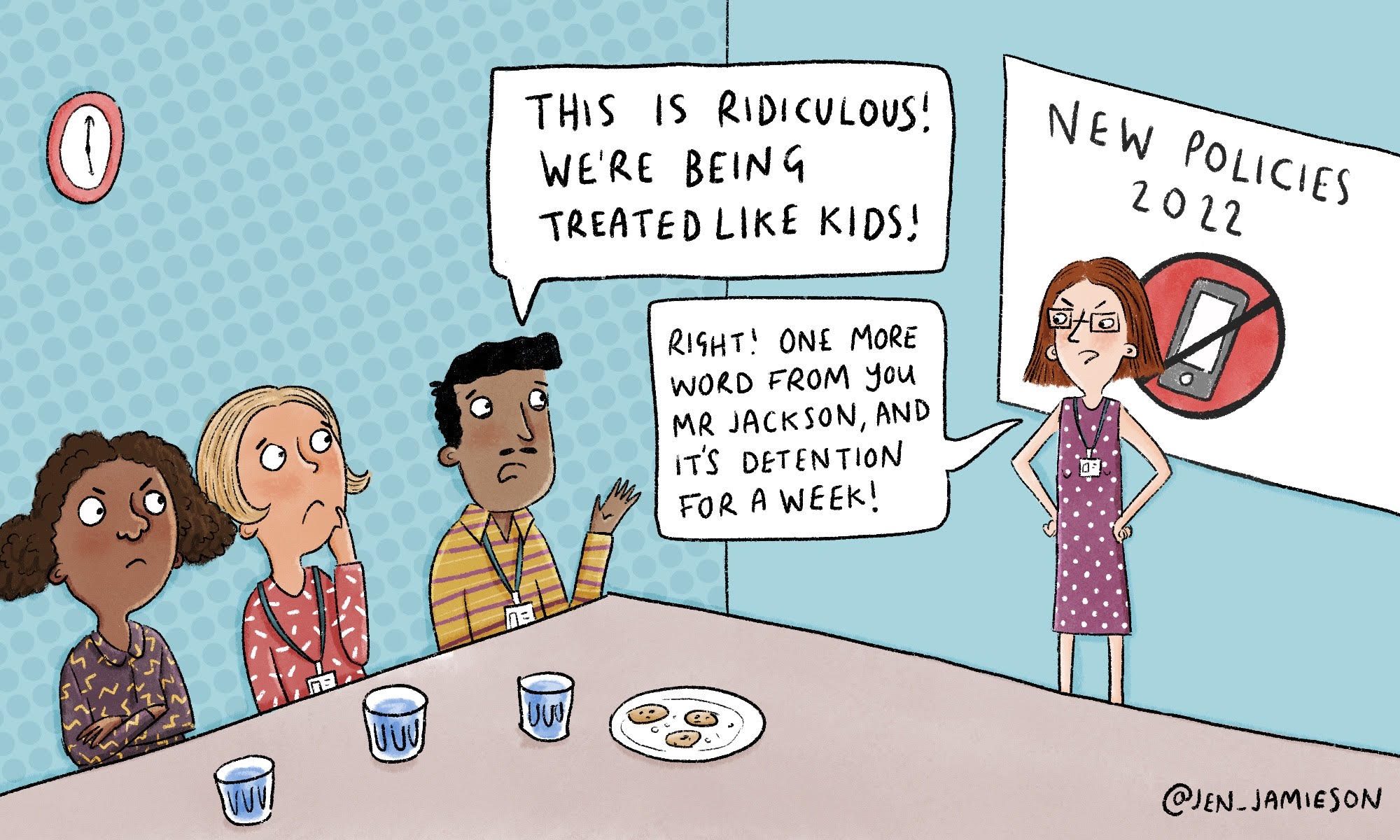Introduction:
In an age where technology is a constant companion, the debate surrounding the use of cell phones by students and teachers in school has never been more relevant. One school is making headlines for implementing an extreme cell phone policy that applies not only to children but also to teachers. In this article, we delve into the reasons behind such a policy and explore its potential benefits and setbacks.
The Policy:
The controversial cell phone policy in question mandates that all students and teachers should keep their phones turned off and locked away in designated areas during school hours. This means no personal calls, no texting, no social media, and no access to the internet on mobile devices for the whole duration of the school day.
Reasons Behind the Policy:
There are several reasons behind implementing such a strict cell phone policy. The main goal is to eliminate distractions in order to boost engagement and increase productivity among both students and teachers. Research has shown that the constant presence of smartphones can have detrimental effects on focus, attention spans, and overall academic performance.
The policy also aims at fostering better communication between students and teachers. By reducing reliance on technology, schools encourage individuals to interact face-to-face, enabling them to develop essential communication skills that will serve them well beyond their academic years.
Potential Benefits:
1. Improved Academic Performance: With fewer distractions from cell phones, students can focus more on their studies leading to better grades.
2. Enhanced Teaching Quality: Teachers can concentrate entirely on crafting more effective lessons without constant interruptions from text messages or notifications.
3. Better Classroom Management: A strict cell phone policy helps maintain discipline in class as students cannot engage in distracting activities.
4. Boosted Social Skills: Encouraging face-to-face conversations can significantly improve social interaction among peers and strengthen teacher-student relationships.
5. Reduced Cyberbullying: Limiting access to mobile devices during school hours can reduce instances of online harassment and bullying.
Potential Setbacks:
1. Limitation on Connectivity: Emergencies or personal crises may arise during the school day, making it difficult for both students and teachers to reach out for help without access to their cell phones.
2. Teachers’ Professional Development: Educators often tap into resources available online through their smartphones to enhance their teaching methods or to connect with other professionals in the field.
3. Restriction on Constructive Use of Technology: Some educational activities leverage the power of mobile devices, leading to engaging lessons that are not possible with a strict cell phone policy.
Conclusion:
While the extreme cell phone policy may have its merits, it is essential to weigh its pros and cons carefully. Schools must strike a balance between encouraging more focused learning environments and maintaining access to essential communication tools in our daily lives. An open dialogue between school administrators, teachers, students, and parents can lead to a more informed decision making process that will ultimately serve everyone’s best interests.

